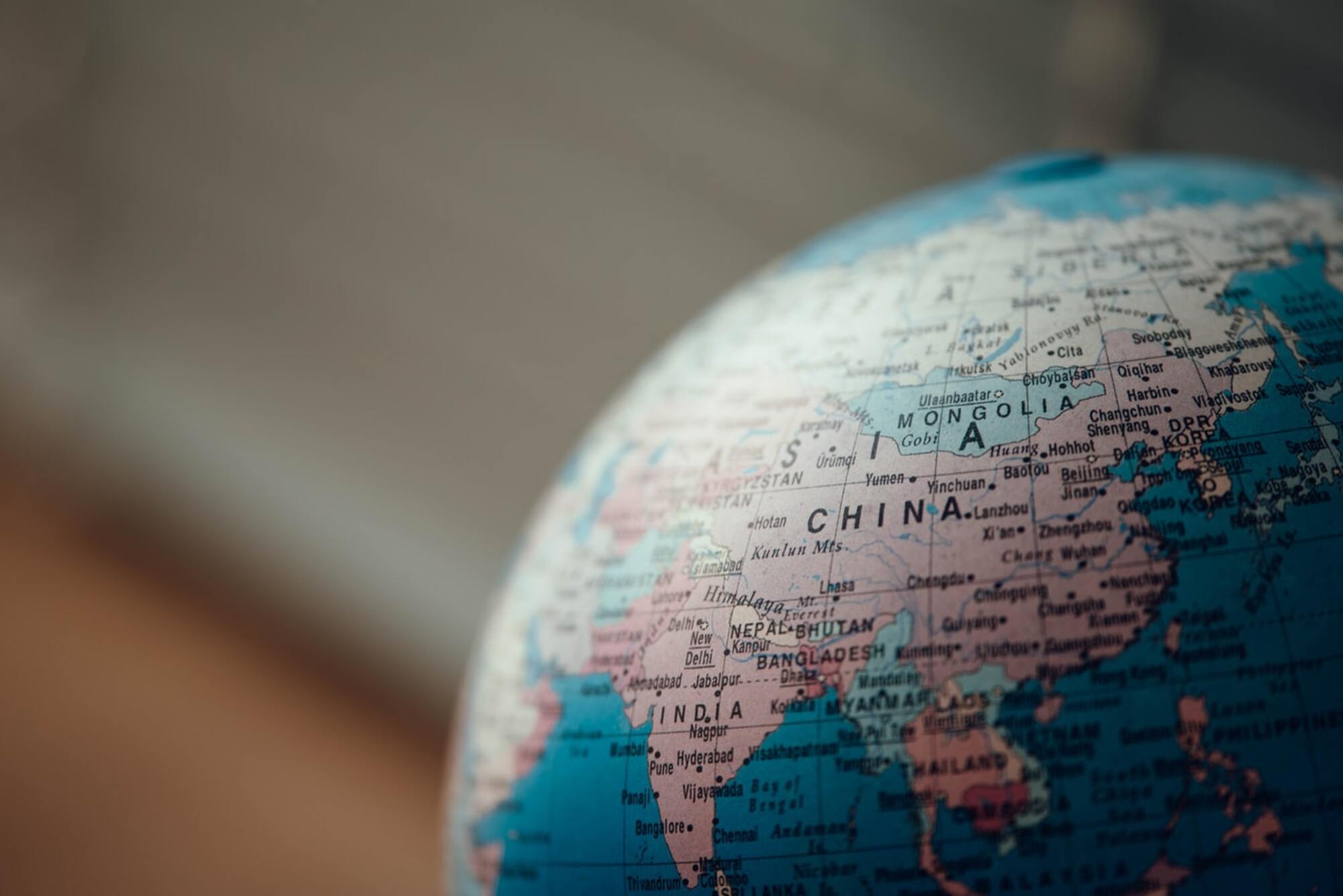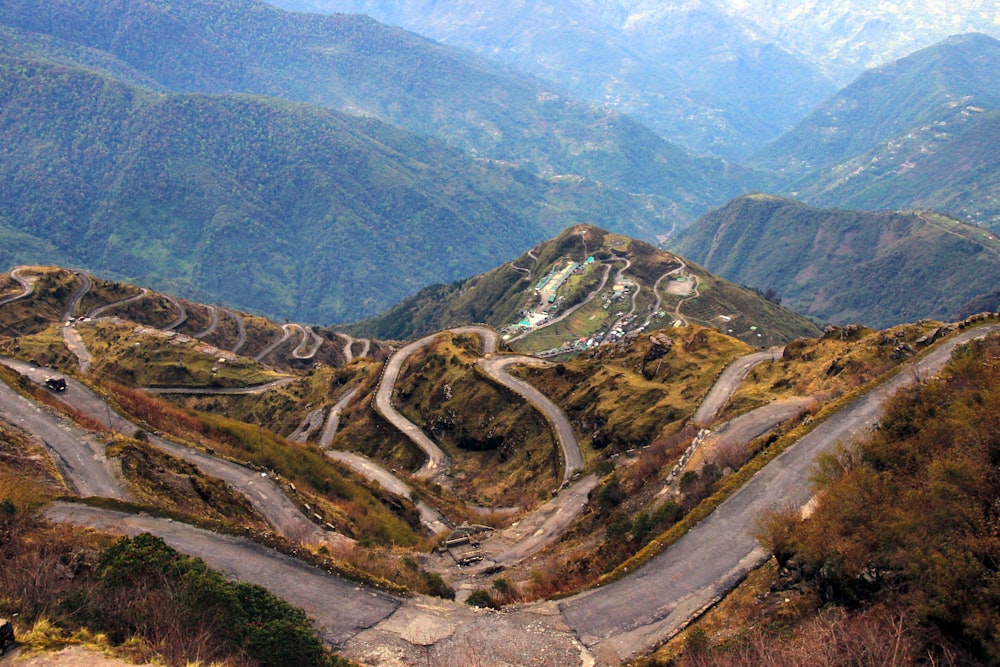
Silk and other goods were traded here with people from different parts of the world. At the same time, sea routes were created that linked East and West by water, and were used mainly for the spice trade, which gave the basis for the “Spice Route”.
Numerous road networks served not only for the movement of goods and luxury goods but also for the transfer of knowledge, ideas, cultures, and beliefs, which significantly influenced the history and development of civilizations of the Eurasian peoples. Travelers took risks, attracted not only by trading activities but also by participation in intellectual and cultural exchanges in the cities on the territory of which the Silk Road passed.
The cultures of nations were mutually enriched in the field of art, literature, and science, as well as an exchange of knowledge about crafts and technologies – all this influenced the formation of languages and religions.
These routes have existed since ancient times, but despite this, the name “Silk Road” is a relatively recent concept. It was proposed by the geologist Baron Ferdinand von Richthofen in the middle of the 19th century, who called the system of communications and trade “Die Seidenstrasse”, which means the Silk Road from Germany. This term is also used in the plural, which makes it even more mysterious.
Silk Road Tours
Today, hundreds of routes have been developed and are operating on all continents. However, one of the most attractive and longest in the world, with a length of 12 800 km, is the Great Silk Road. This road, which for thousands of years has linked East and West as a two-way river of civilization.
Tourists have joined the expeditions of merchants, missionaries, and geographers of past centuries. Largely due to the organization of routes along the Great Silk Road, most of humanity has now received direct access to the global heritage, not limited to geographical boundaries.
Tours along the Great Silk Road are an unforgettable journey along the ancient caravan roads that started in China and went to Europe through countries such as Kyrgyzstan, Kazakhstan, Uzbekistan, Tajikistan, Turkmenistan, Azerbaijan, Georgia. A lot of interesting things await if you decide to take the Silk Road tour: like hundreds of years ago, the lightest silk fabrics are produced in cities along the Silk Road route using ancient methods, and the aromas of dozens of fragrant spices soar in noisy bazaars.
In Kazakhstan, caravans went through the cities of Sairam, Yassy, Otrar, Taraz; in Tajikistan, the main cities of the Silk Road were Penjikent, Ura-Tyube, and Khujand, where trade and handicraft were developed 20 centuries ago; blooming oasis-cities Samarkand, Bukhara, Khiva, Tashkent, Termez, Urgench, Fergana became the main points on the way of caravans in Uzbekistan; in Turkmenistan, there are the remains of the ancient city of Merv, once considered the gateway to Central Asia; in Azerbaijan Shemakha, Derbent, Baku, Ganja, Nakhichevan served as centers where goods brought from the East and Europe were stored; The Georgian section of the Silk Road passed through the territory of Svanetia along the Kuban, Teberda, Inguri, and Rioni rivers, ending in Phasis (Poti) – an ancient trade center, the former capital of the legendary Colchis.
The existence of this route has led to a unique cultural symbiosis, as a result of which tours along the Great Silk Road will take you from the traces of Buddhism in Kazakhstan and caravanserais in Azerbaijan and Georgia to the grandiose architectural monuments of the Timurid times in Uzbekistan.

